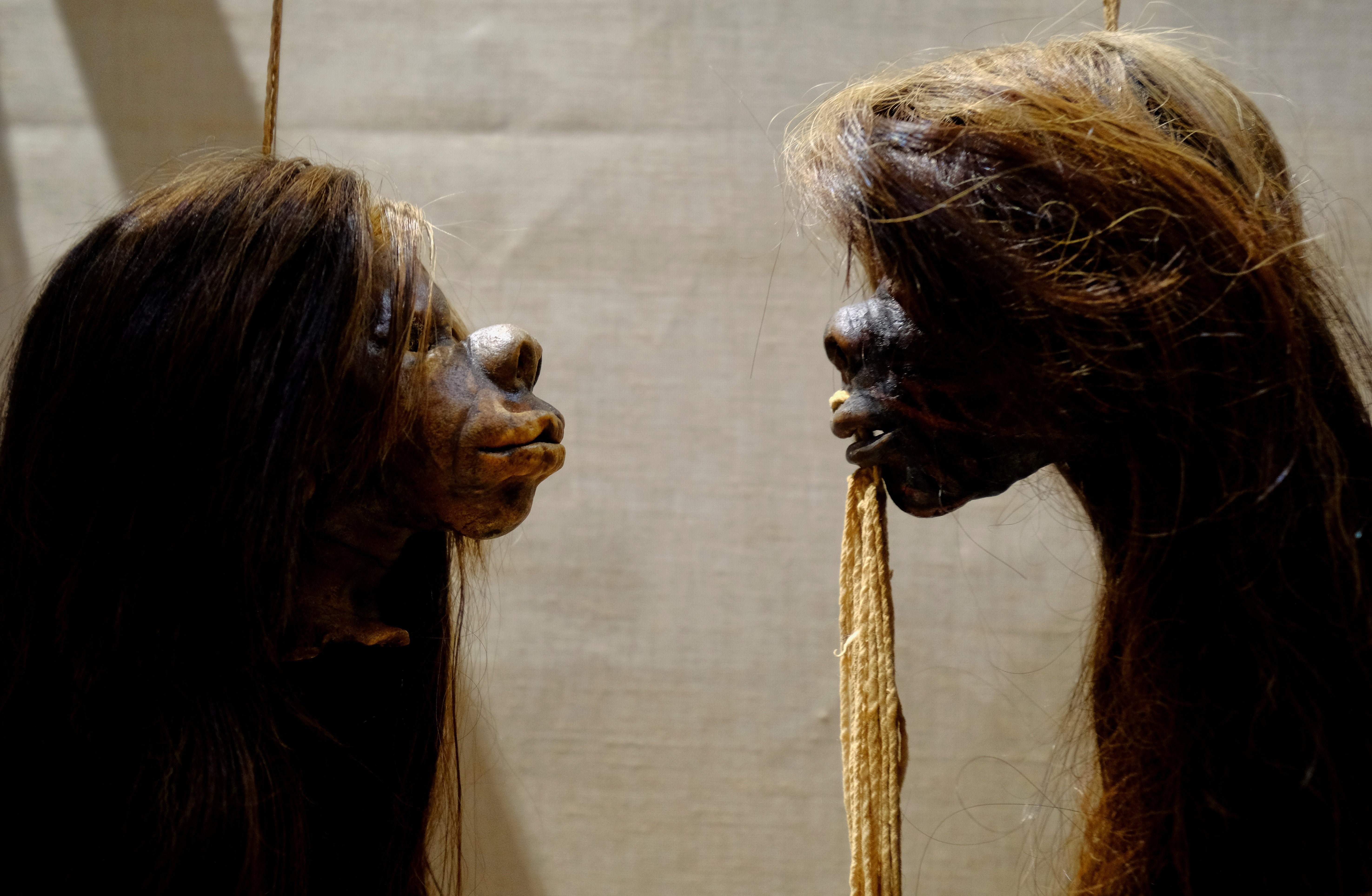'Shrunken heads' to be removed from Oxford museum over racism concerns
The museum said the famous shrunken heads depicted other cultures as ‘primitive’ and ‘savage’.

Your support helps us to tell the story
From reproductive rights to climate change to Big Tech, The Independent is on the ground when the story is developing. Whether it's investigating the financials of Elon Musk's pro-Trump PAC or producing our latest documentary, 'The A Word', which shines a light on the American women fighting for reproductive rights, we know how important it is to parse out the facts from the messaging.
At such a critical moment in US history, we need reporters on the ground. Your donation allows us to keep sending journalists to speak to both sides of the story.
The Independent is trusted by Americans across the entire political spectrum. And unlike many other quality news outlets, we choose not to lock Americans out of our reporting and analysis with paywalls. We believe quality journalism should be available to everyone, paid for by those who can afford it.
Your support makes all the difference.A University of Oxford museum has removed its famous collection of shrunken heads and other human remains because they “reinforced racist and stereotypical thinking”.
The Pitt Rivers Museum said 120 human remains had been removed as part of a “decolonisation process” over lockdown to address the museum’s problematic past.
Many of the items on display were stolen from Britain’s former colonies and depicted other cultures as being “primitive” and “savage”.
Research on the artefacts at the time of their collection were underpinned by now-discredited theories that upheld “racist and sexist beliefs in the entitlement of white people".
Visitors will now see a note in place of the artefacts explaining why they were removed.
The revamp comes after a three-year review into the ethical considerations of the museum’s collection.
Pitt Rivers Museum director Laura van Broekhoven said it was important to “ensure we did not shy away from difficult conversations”.
“Our audience research has shown that visitors often saw the museum’s displays of human remains as a testament to other cultures being ‘savage’, ‘primitive’ or ‘gruesome’,” she said.
“Rather than enabling our visitors to reach a deeper understanding of each other’s way of being, the displays reinforced racist and stereotypical thinking that goes against the museum’s values today.”
The Tsantsa or “shrunken heads” were made by the Shuar and Achuar peoples of South America to capture the power of one of the multiple souls they believed their men had.
Formed from human, sloths or monkey heads, they were traded on the basis of one gun for one head.
The demand led to a sharp increase in violence during the 19th and 20th centuries, the museum said.
Shuar Indigenous leaders Miguel Puwáinchir and Felipe Tsenkush said their ancestors did not understand the implications of handing over sacred objects to colonialists.
“We don’t want to be thought of as dead people to be exhibited in a museum, described in a book, or record on film,” they said in a statement provided by the museum.
Other items removed ahead of the museum’s reopening on 22 September included decorated skulls, scalps and Egyptian mummies.
The museum will contact descendants of the artefacts to determine if they should be repatriated to their home country.
Subscribe to Independent Premium to bookmark this article
Want to bookmark your favourite articles and stories to read or reference later? Start your Independent Premium subscription today.
Join our commenting forum
Join thought-provoking conversations, follow other Independent readers and see their replies
Comments